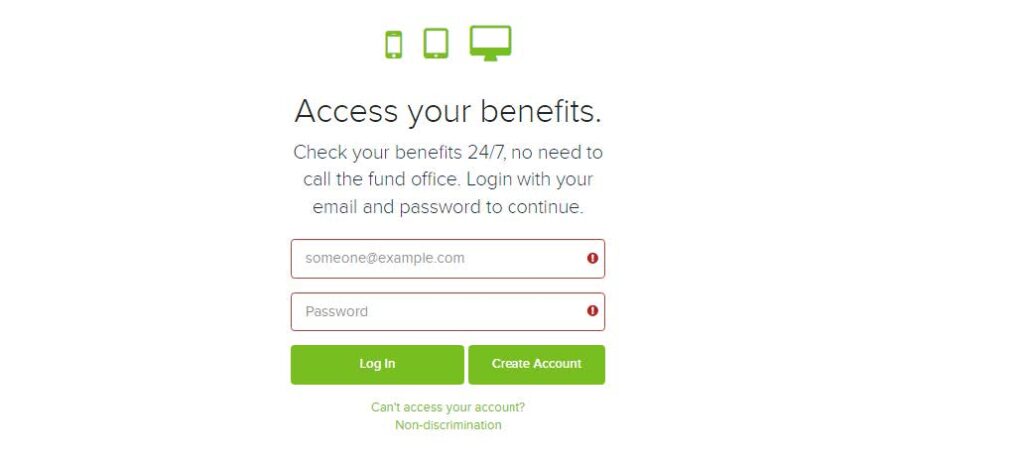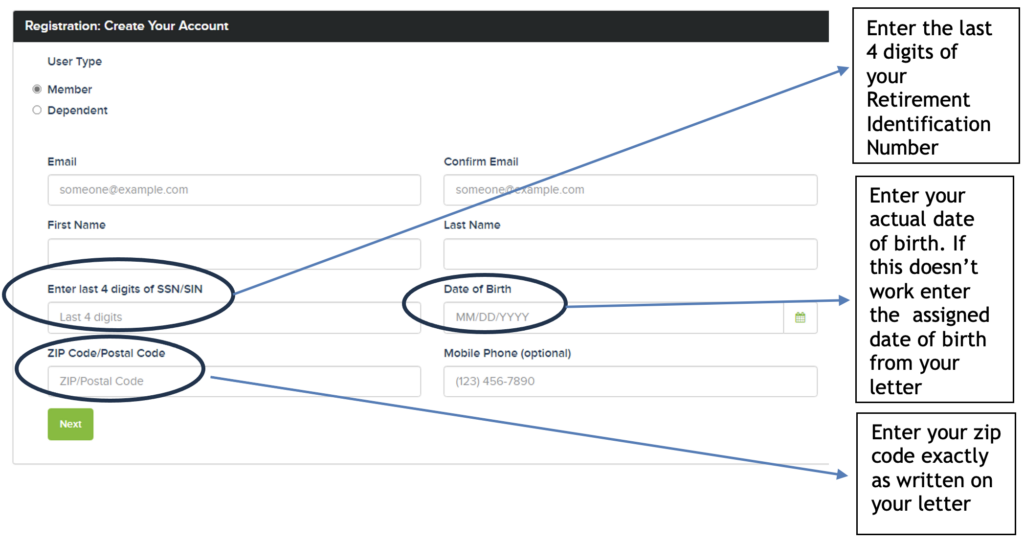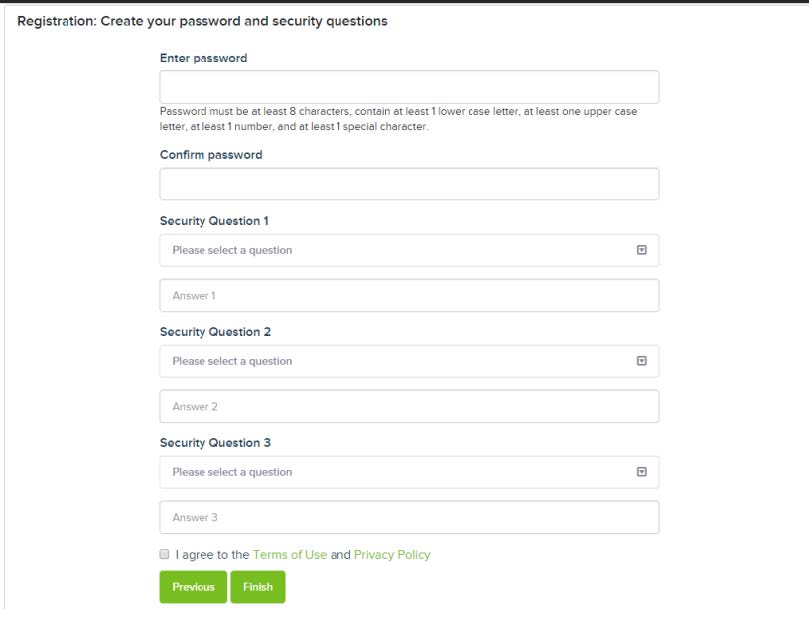SACRAMENTO, CA – Child Care Providers United (CCPU), the union representing family child care providers in California who support struggling families through state-supported programs, today filed an unfair practices charge (UPC) with the Public Employment Relations Board (PERB). The UPC details how the State of California has undermined union members’ collective bargaining rights in implementing a 2022 law.
AB 2806 (Rubio), signed into law in 2022 to end preschool suspensions and expulsions, included a provision that the Joint Labor Management Committee (JLMC) on suspensions and expulsions comprised of CCPU and state representatives must agree regarding any changes related to suspensions and expulsions in family child care settings. The committee reached no joint agreements, in part due to lack of applicable data to inform the JLMC. Despite not reaching agreement on recommended changes on how to implement this law in the less institutional setting of a family child care home, the State has announced plans to move forward with applying this law to family child care providers starting January 1, 2025, without any understanding of the impact this could have on access to care for families.
“As the mother of a Black child, I deeply understand the equity concerns AB 2806 sought to address and I support the goal of the law because I know my son and other Black children are too often stereotyped as more violent than their white peers. Child care is equity work, providers like me get up every day aiming to get Brown and Black kids ready to learn when they enter school. Yet the State has not lived up to its agreement to listen to child care providers like me and wants to make me responsible for implementing a law that wasn’t designed for settings like my home day care. That’s why the state must respect the law and listen to providers about how to implement this law the right way,” said Shannon Benjamin, a child care provider in Carson and member of the Suspension and Expulsion JLMC.
“I care for children who have a variety of needs and many of them require extra assistance managing their emotions. I do everything I can to provide individualized attention to each child, but as one woman who often cares for several children by myself, I cannot let one child jeopardize others’ safety. We need the state to keep their end of the bargain and do the work to ensure that this law is not being applied without the resources needed to support family child care providers. We need tools and resources, not additional hurdles that could lead to us closing our doors,” said Alicia Turner, a child care provider in Stanislaus and member of the Suspension and Expulsion JLMC.
Unfair practice charges are filed when an employer engages in unlawful conduct, including acting unilaterally without reaching agreement with the union. PERB, in their jurisdiction over the State of California in this case, has the ability to halt implementation of AB 2806 (2022) until the State has met their obligations to CCPU and its members.
Protecting children in their care and advocating for families who count on them are key reasons providers formed their union in 2019. Providers look forward to PERB holding the state to the law and their obligation to bargain towards creating an environment that benefits working families by ensuring more providers are able to care for their children, not fewer.
###
Child Care Providers United brings together more than 40,000 family child care providers across California and is a partnership of SEIU Local 99, SEIU Local 521, and UDW/AFSCME Local 3930.





